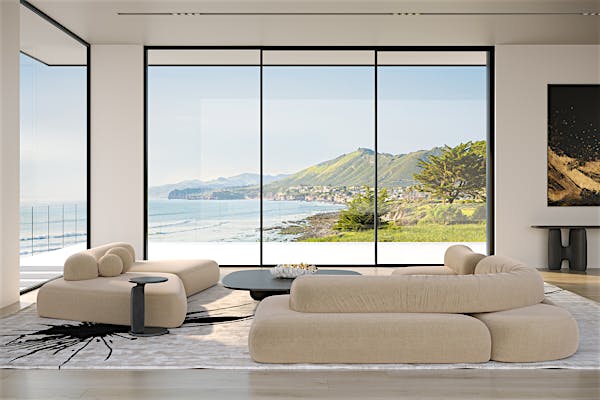
Figure 1: Openings like this one, created by NanaWall systems, bring massive amounts of fresh air into the building.
A study from the United States Environmental Protection Agency revealed that indoor levels of pollutants may be 2 to 5 times – occasionally more than 100 times – higher than outdoor levels. Given we spend 90% of our time indoors, this is a problem. The current poor quality is a significant driver behind the Healthy Building movement and its goal to improve indoor air quality (IAQ).
Poor indoor air quality can cause occupants discomfort and result in a range of short term effects including coughing, headaches, fatigue, congestion, nausea, eye irritation, and allergic reaction. For people with conditions such as asthma, respiratory disease, or heart disease, the importance of indoor air quality is even greater. In their case, poor indoor air can result in more severe effects.
Not only do side effects have an impact on long-term health of occupants, but the resulting discomfort hinders people’s ability to perform. Whether the goal is to work, learn, relax, or live in a building, poor indoor air quality makes it difficult to operate. To perform to the best of our abilities, we need to breathe clean air.
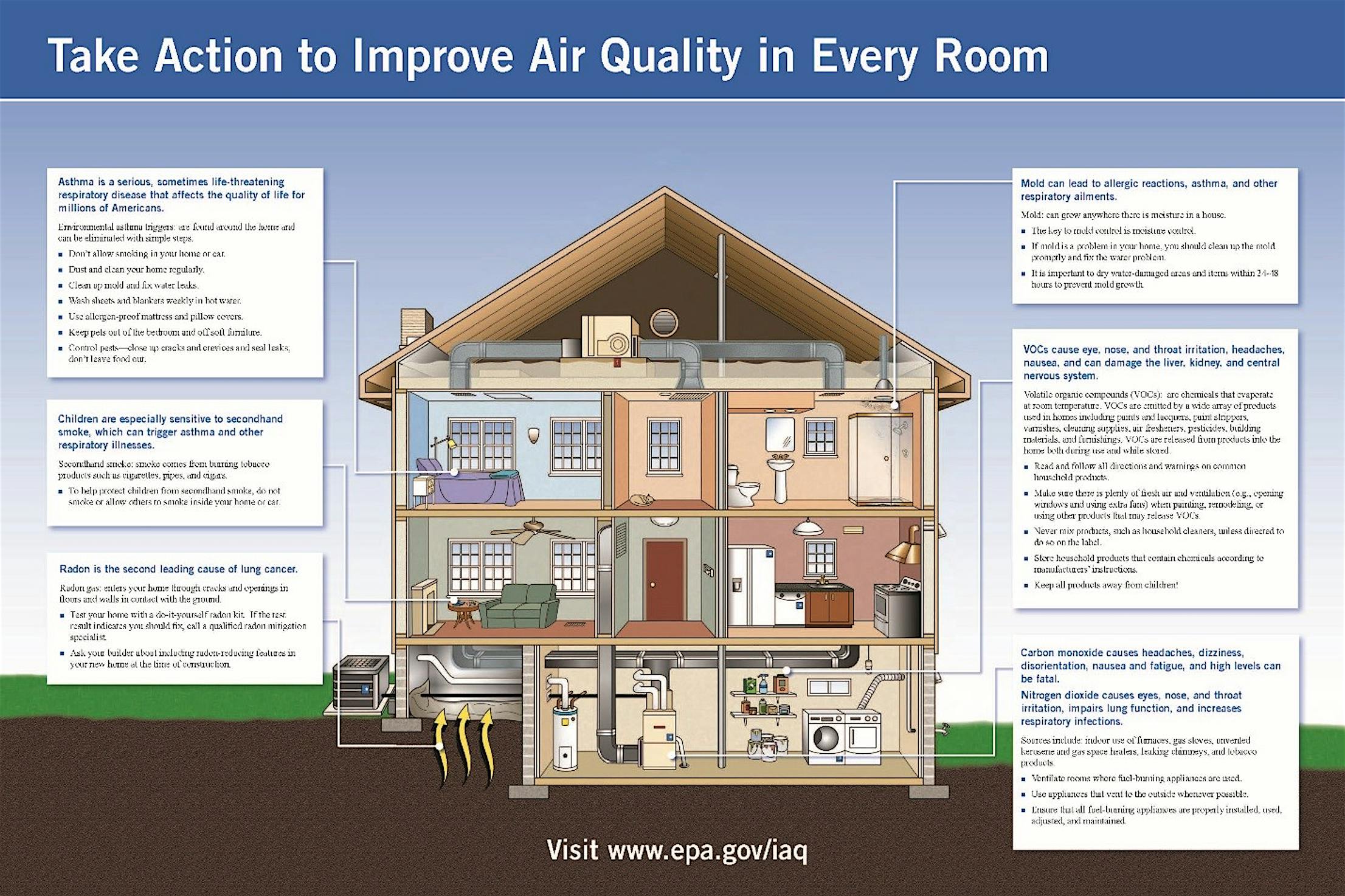
Figure 2: A diagram from the United States EPA on how to improve indoor air quality in every room.
How to Improve Indoor Air Quality
Contaminants are more common than you might think – and more diverse as well. There are a number of sources of indoor air pollutants that harm a building’s air quality. Combustion contaminants include smoke from indoor heating systems and cigarettes, biological contaminants include mold and dust, and some surprisingly present chemical pollutants include Volatile Organic Compounds (VOCs) and Formaldehyde. There are a number of techniques to combat the wide array of harmful particles that dirty our air and affect our livelihood.
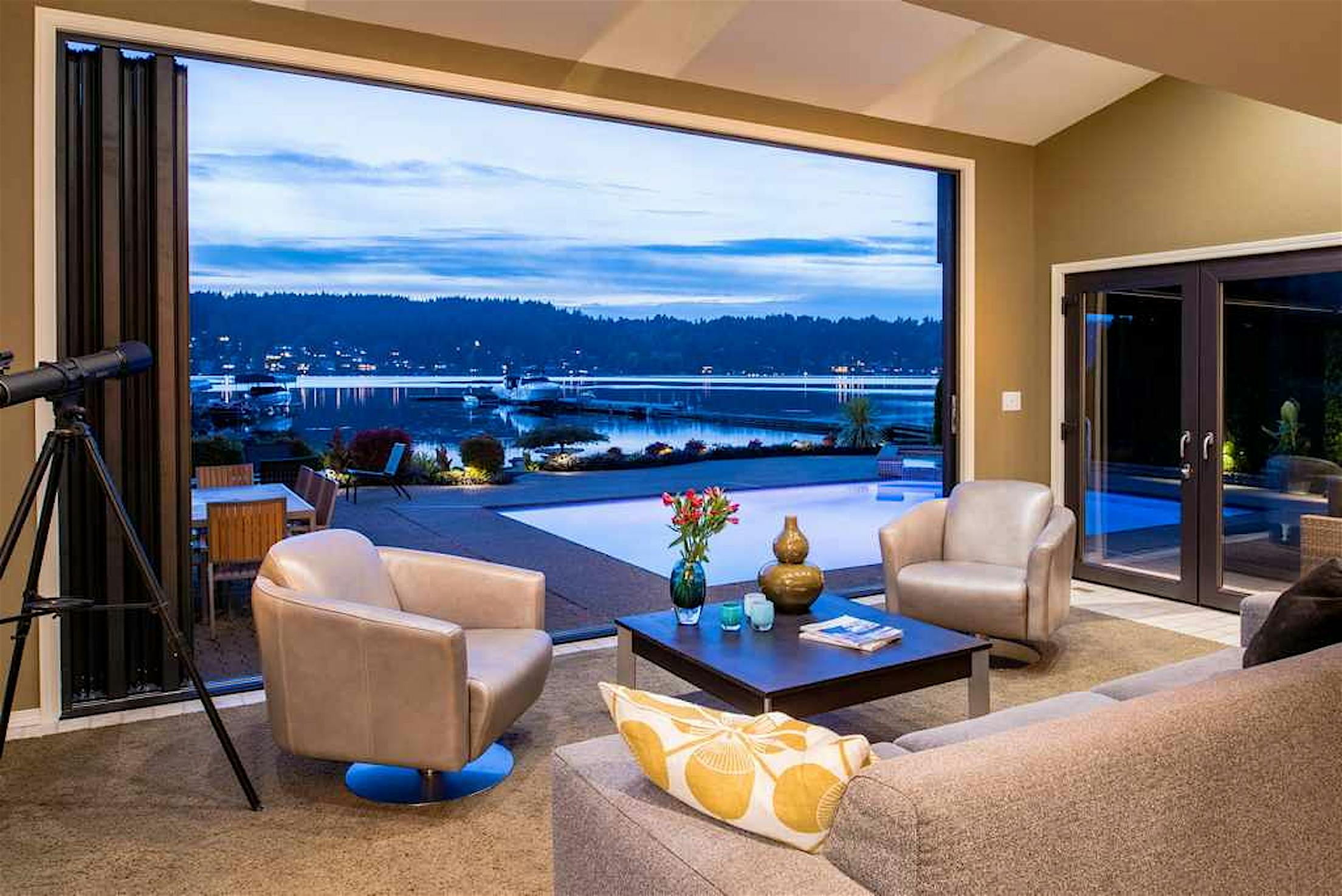
Figure 3: NanaWall openings are wider than windows and increase the air influx. It plays a large part in natural ventilation.
Natural Ventilation
We learned that outdoor air is generally cleaner than indoor air. To improve indoor air quality, bring outdoor air in. The key to natural ventilation is to create a system that keeps air flowing through the building. Placing strategic openings such as windows, doors, or glass walls around the exterior creates an air filtration system with passive design. In a process called cross-ventilation, outdoor air enters through an opening and pushes the stale, dirty air out of higher windows.
To develop a system of flowing air through a building, the architect needs to consider factors like the house’s orientation, local wind direction, and size and placement of openings. For example, the architect of the Omena House uses a NanaWall opening glass wall system as the primary intake of fresh, outdoor air. It welcomes enough air flow because the opening is wide and oriented in a way that collects the lake-generated breeze. There are smaller windows spread throughout the house for air to exit.
The width of the openings created by NanaWall system is what makes it so potentially useful to natural ventilation. When a NanaWall systems opens, fresh outdoor air quickly and efficiently floods the interior of the home.
Modern HVAC Strategy
Most think of an Heating Ventilation and Air Conditioning (HVAC) system as heating or air conditioning, but some might not know that it too is moving air from the outdoors to the indoors, and same vice versa. An HVAC’s purpose is also to improve indoor air quality, however, not all HVACs are created equal.
Investing in an HVAC that has better levels of filtration ability can improve indoor air quality. Two efficient systems that are growing in popularity are Energy-Recovery Ventilators (ERVs) or a Heat-Recovery Ventilators (HRVs). These are used to treat the air coming from the outside in. HVACs are also meant to keep humidity in control as humidity can encourage contaminants. If an HVAC isn’t controlling humidity well, a dehumidifier might be necessary.
It’s important to note that if more natural ventilation is used appropriately, the demand from HVACs decreases.
Consistent Cleanings
One major pollutant of indoor air is biological contaminants. Biological contaminants can derive from wet or damp materials, dust mites on furniture, condensation, and other forms of filth. Nobody wants to be breathing in dirty materials such as must or pet dander and it can have an effect on health. To limit the amount of filth that leaves materials and enters the air, clean the building thoroughly and often. By cleaning the places that build up biological contaminants, such as the carpet, they won’t be released into the air.
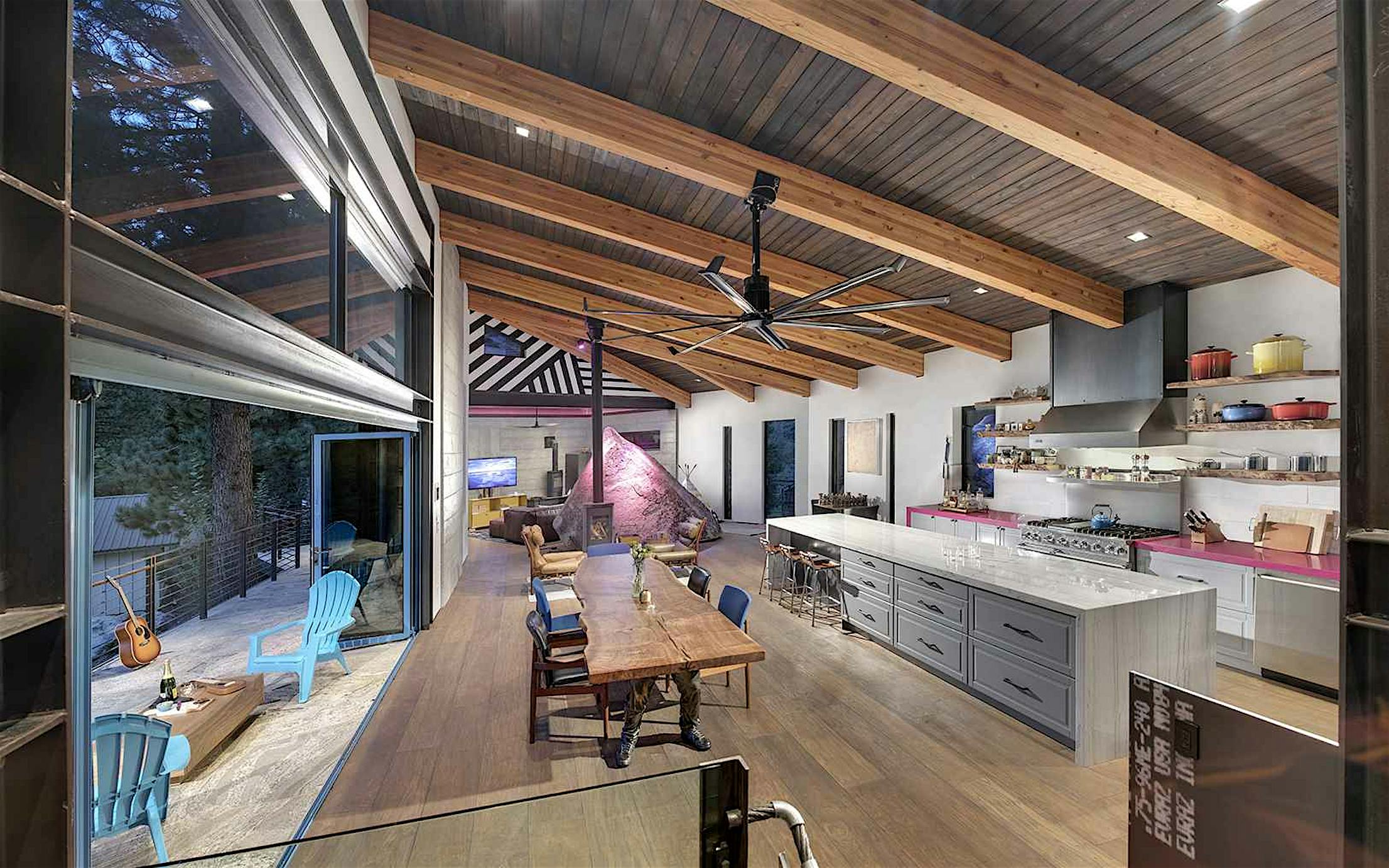
Figure 4: NanaWall systems use safer, eco-friendly powder coatings instead of higher VOC liquid coatings.
Mindful Product Selection
Check carefully that household materials do not contain Volatile Organic Compounds, a particularly harmful form of chemical pollutants. Do some research on what’s considered a VOC and where they’re commonly found. Be proactive and protect air quality by avoiding products with sizable amounts of VOCs and only using healthy building materials. In particular, when remodeling choose paints with low VOC. If there are VOCs in the area, some reactive solutions include increasing ventilation and testing a building for formaldehyde.
Monitor
Testing the air quality consistently allows a building owner to know when there might be an issue, and when it’s time to try and improve indoor air quality. Not only can the owner notify vulnerable occupants and prevent harm, but they can proactively approach the issue. If a test shows the levels rising, it’s time to take real action. There are testing kits for most contaminant available as a consumer product and sold online, including carbon monoxide detectors. Building owners can have a professional walk through and notify them on what kind of contaminants the building might be exposed to and then buy testing kits for those.
Air Purifier
The last resort would be purchasing an air purifier. It’s a reactive approach to improve indoor air quality. By purchasing one it’s implied that there is an issue with the air quality and the source hasn’t been stopped. However, in some locations, even the outdoor air has higher levels of contaminants and in that situation it’s difficult to keep indoor air clean as well. This would be a prime situation for an air purifier, which are available as consumer products. An air purifiers are also critical for people with respiratory difficulties, such as asthma.
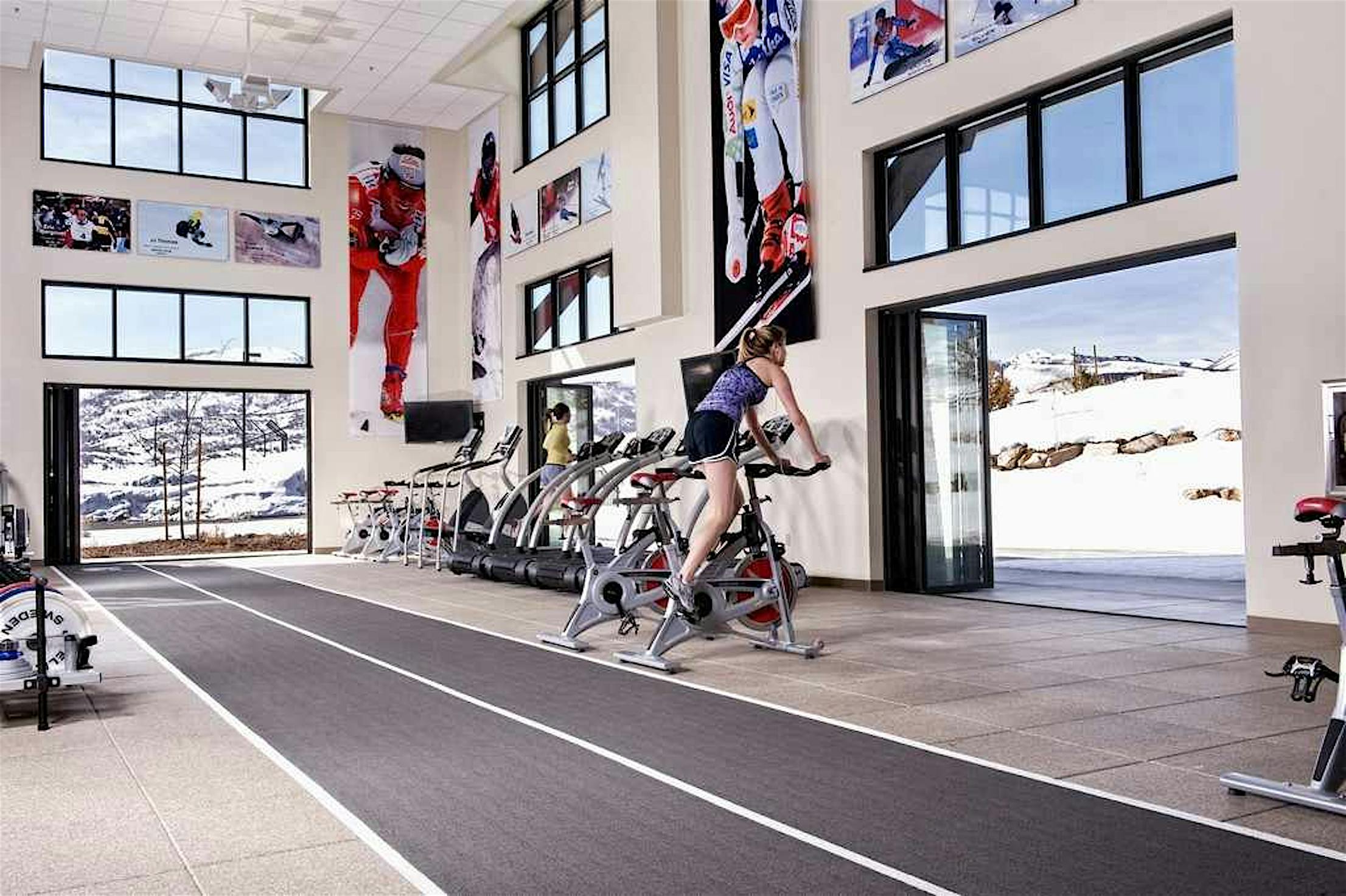
Figure 5: The U.S. Ski Team has NanaWall systems in their training facilities to bring in crisp, cold air. Fresh air is essential in physical fitness areas and it allows the team to train the same air breathed during competition.
Final Thoughts
The air we breathe is critical to our livelihood. Air quality plays a role in our long-term health as well as our short-term capabilities. In fact, there are diagnosed illness caused by poor indoor air quality, including Sick Building Syndrome and Building Related Illness. The side-effects of breathing bad air harm people’s moods, ability to concentrate, and ability to operate. Therefore, indoor air quality is an essential role in a person’s overall wellness.
NanaWall systems help architects improve indoor air quality through design. The opening capabilities are effective for natural ventilation, while still offering the thermal performance needed for an energy-efficient building. Indoor air quality is the critical component for building wellness design, but there is much more involved in designing a building with wellness. A NanaWall system is able to contribute more to wellness design through daylighting, and providing views, acoustical clarity, and a sense of security.
Connect immediately with a NanaWall expert to learn how our systems help to improve indoor air quality!

